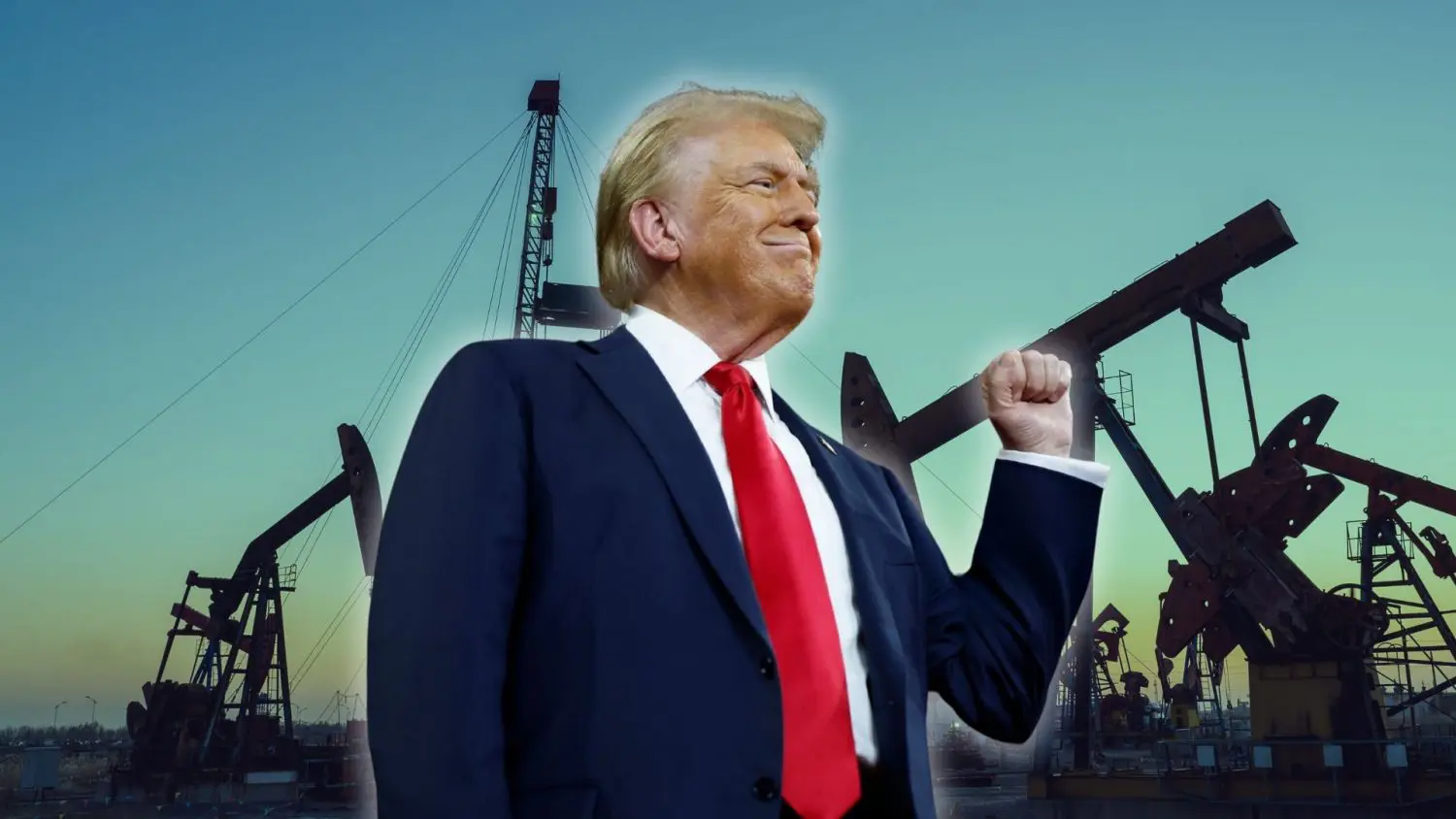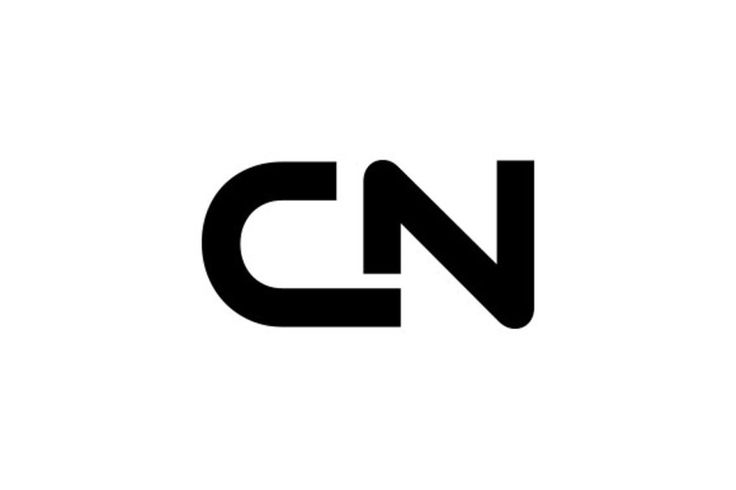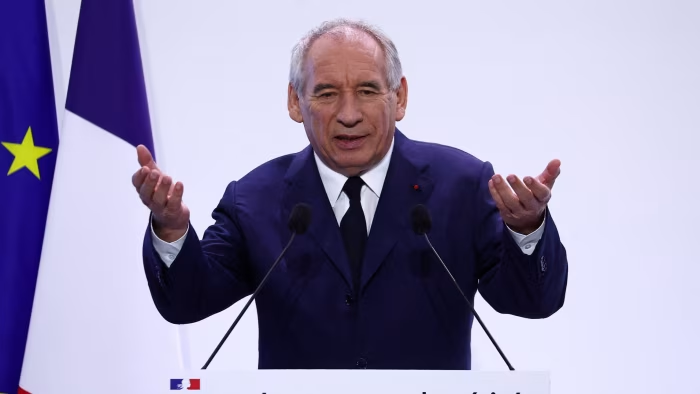Trump Calls for Immediate Boost in U.S. Oil Production

📈 Market Reaction & Economic Signals
- Oil prices initially jumped about 4–5%, reaching mid-$70s per barrel, with Brent touching $77—it later traded down by roughly 1% amid cautious market sentiment.
- Goldman Sachs warned Brent crude could top $100/barrel if the Strait of Hormuz is disrupted.
- Analysts from JPMorgan, Goldman, and Rystad highlighted the risks of heightened geopolitical uncertainty and potential price spikes—though markets remained “cool-headed”.
🏛️ Political & Strategic Context
- The White House has issued stark warnings to Iran against closing the strait, pegged as a “foolish” move that would destabilize global energy flows .
- Trump’s messaging contrasts with energy market realities: private U.S. producers remain cautious, guided by demand trends and profit margins—not political pressure.
- Critics note that heightened domestic fossil-fuel favor marks a clear pivot from Biden-era climate policy, reinforcing Trump’s long-standing “liquid gold” narrative.
🌍 Broader Implications
- A disruption in the Strait of Hormuz is a “tail risk” scenario with potentially massive consequences—but analysts say it’s unlikely given Iran’s economic ties and fear of retaliation.
- While supply remains steady for now, benchmarks remain volatile as investors monitor both geopolitical escalations and production shifts .
- Economic forecasters caution that sustained high oil prices could strain global growth, especially in Europe and emerging markets.
🗝️ Looking Ahead
- Will U.S. producers answer the call?
They’ll likely base output decisions on returns and capacity, not presidential posts. - Will Iran act on its threats?
A Gulf shipping disruption remains a worst-case scenario; global oil markets continue to watch closely. - How will markets and consumers respond?
Continued volatility could drive inflation and recession fears, influencing central bank decisions and policy responses globally.
Takeaway:
Trump’s call for a rapid ramp-up in U.S. oil output highlights the intersection of domestic political messaging and global geopolitical risk. With markets jittery amid Middle East strife, the true impact will hinge less on rhetoric and more on producers’ strategic calculations—and on whether Iran actually moves to restrict energy flows.




